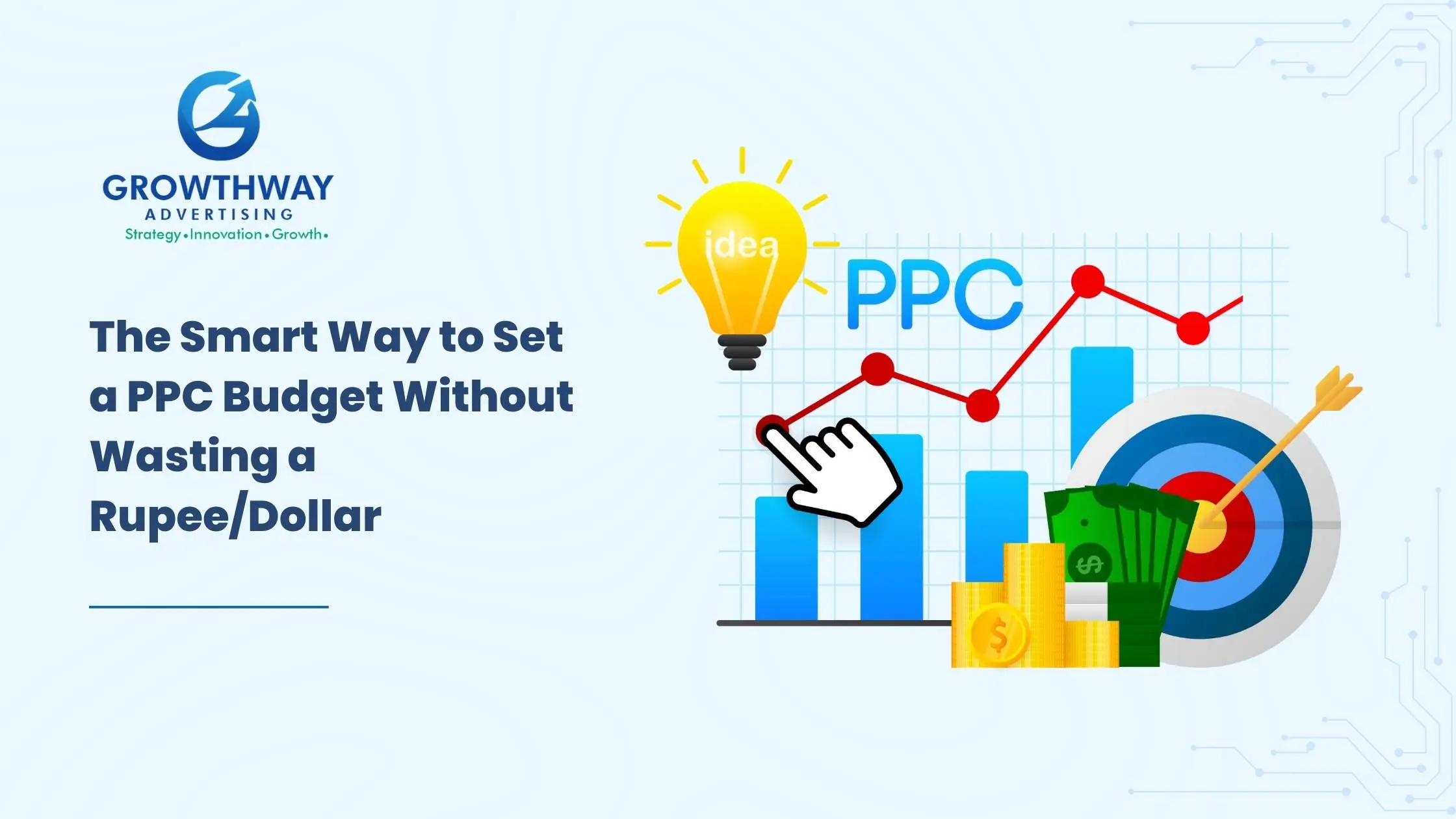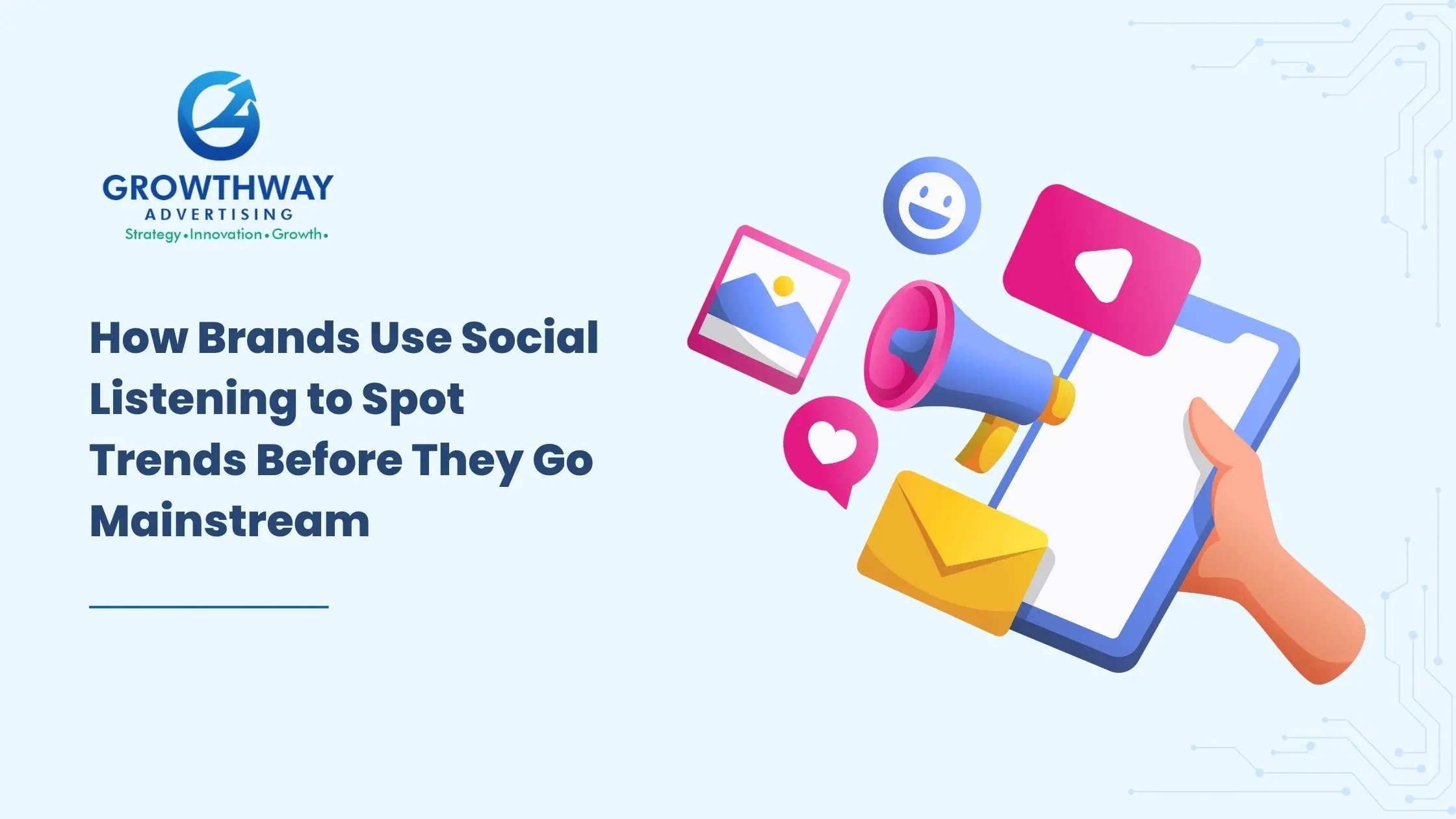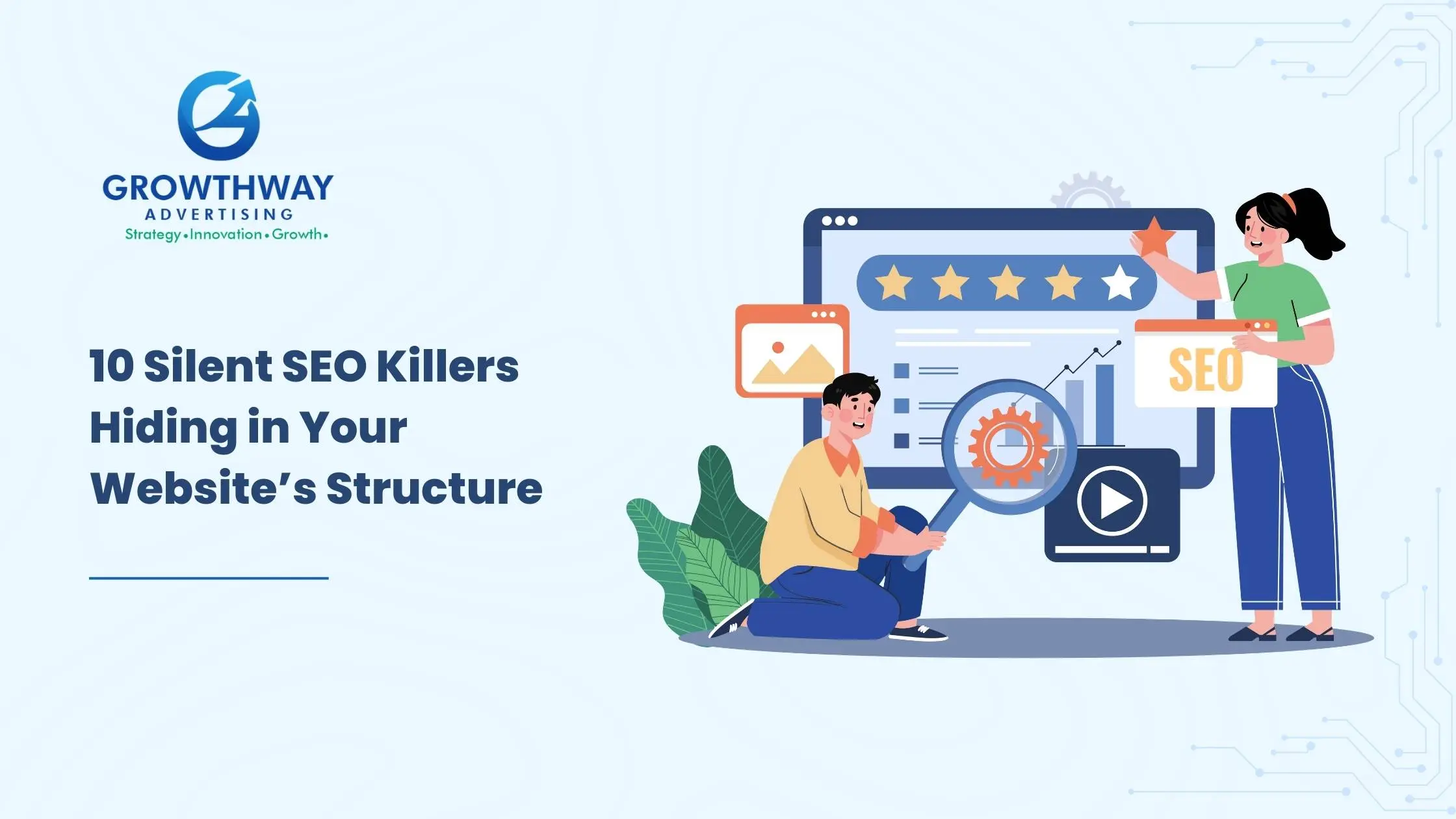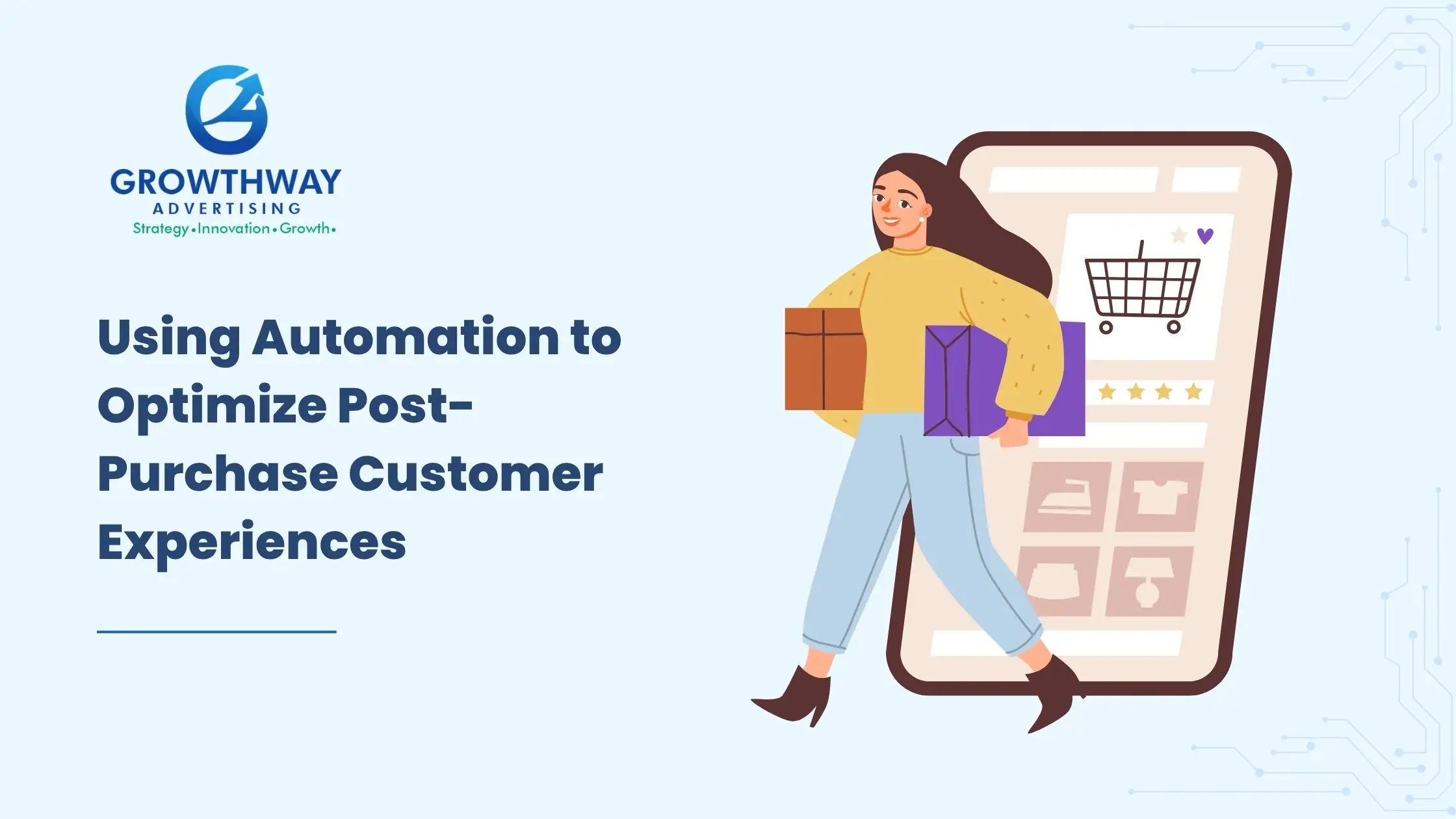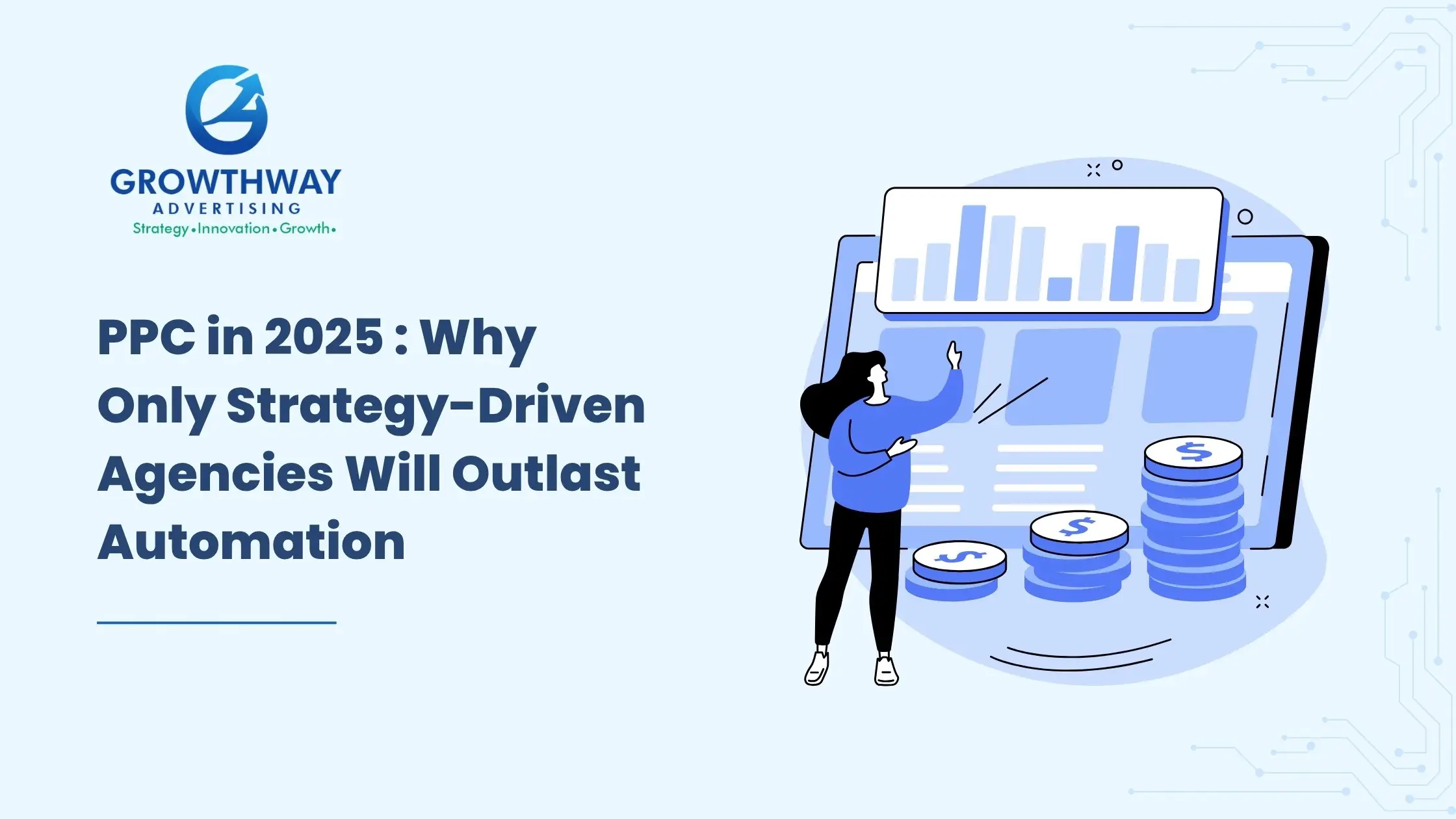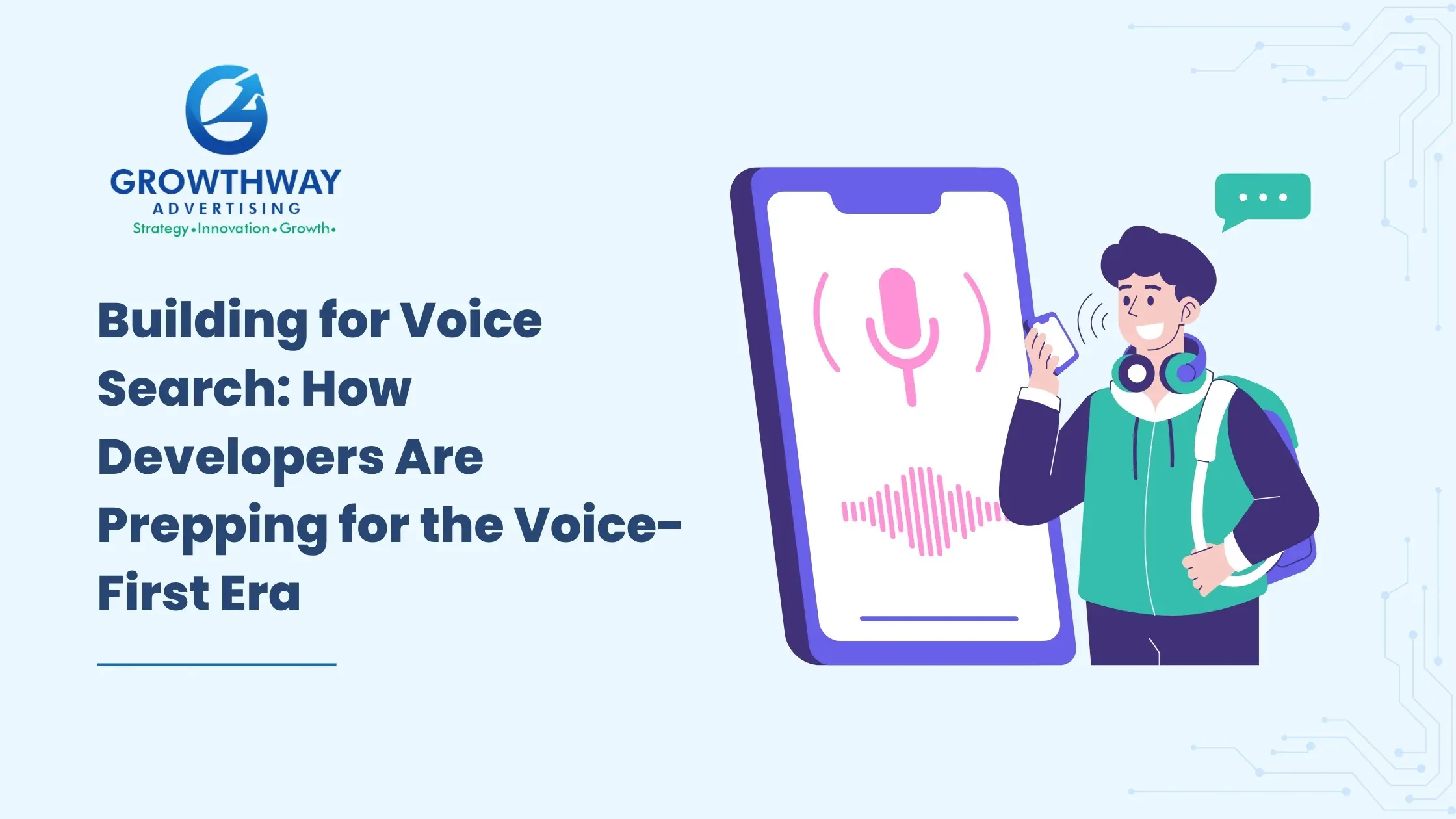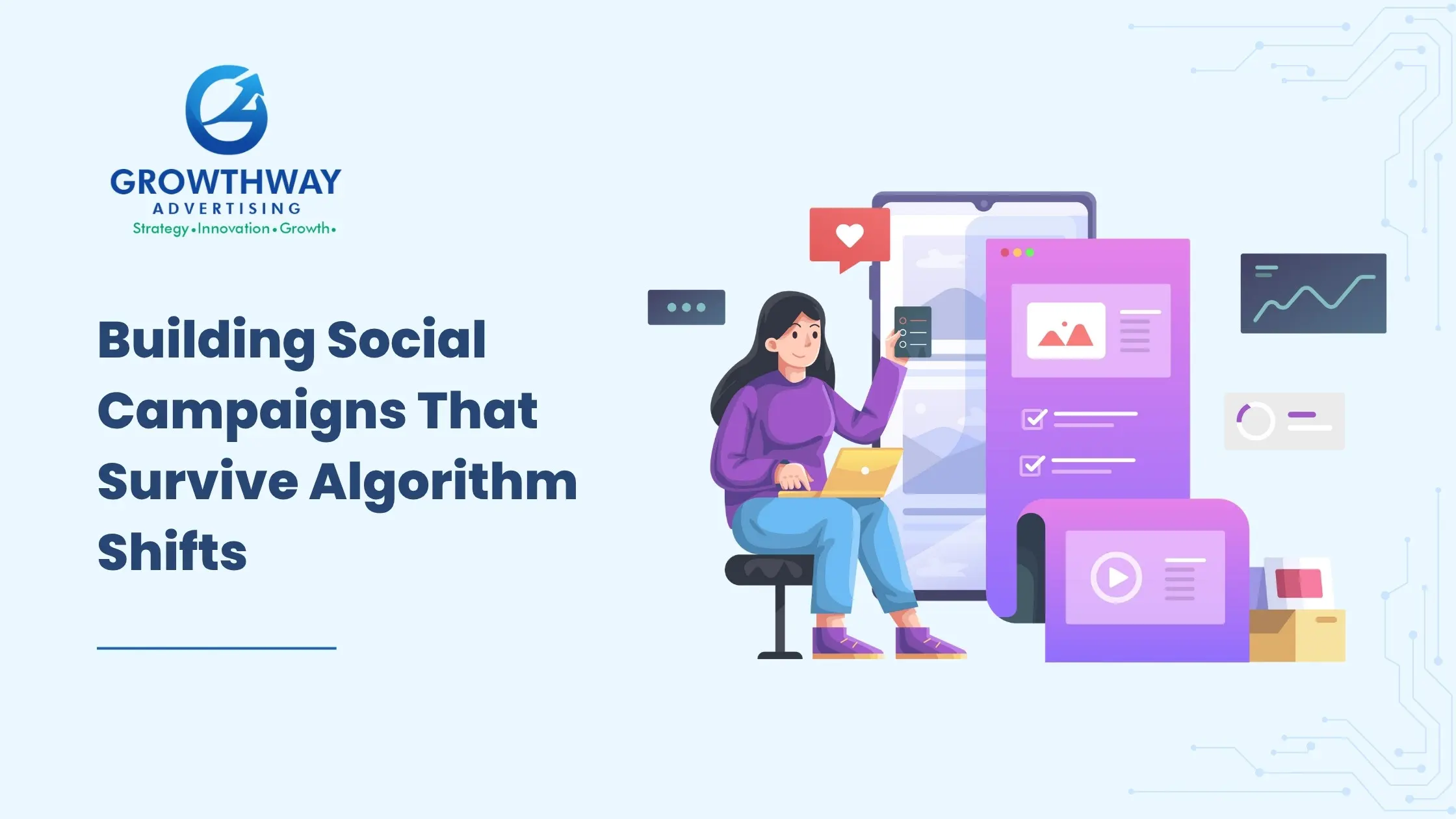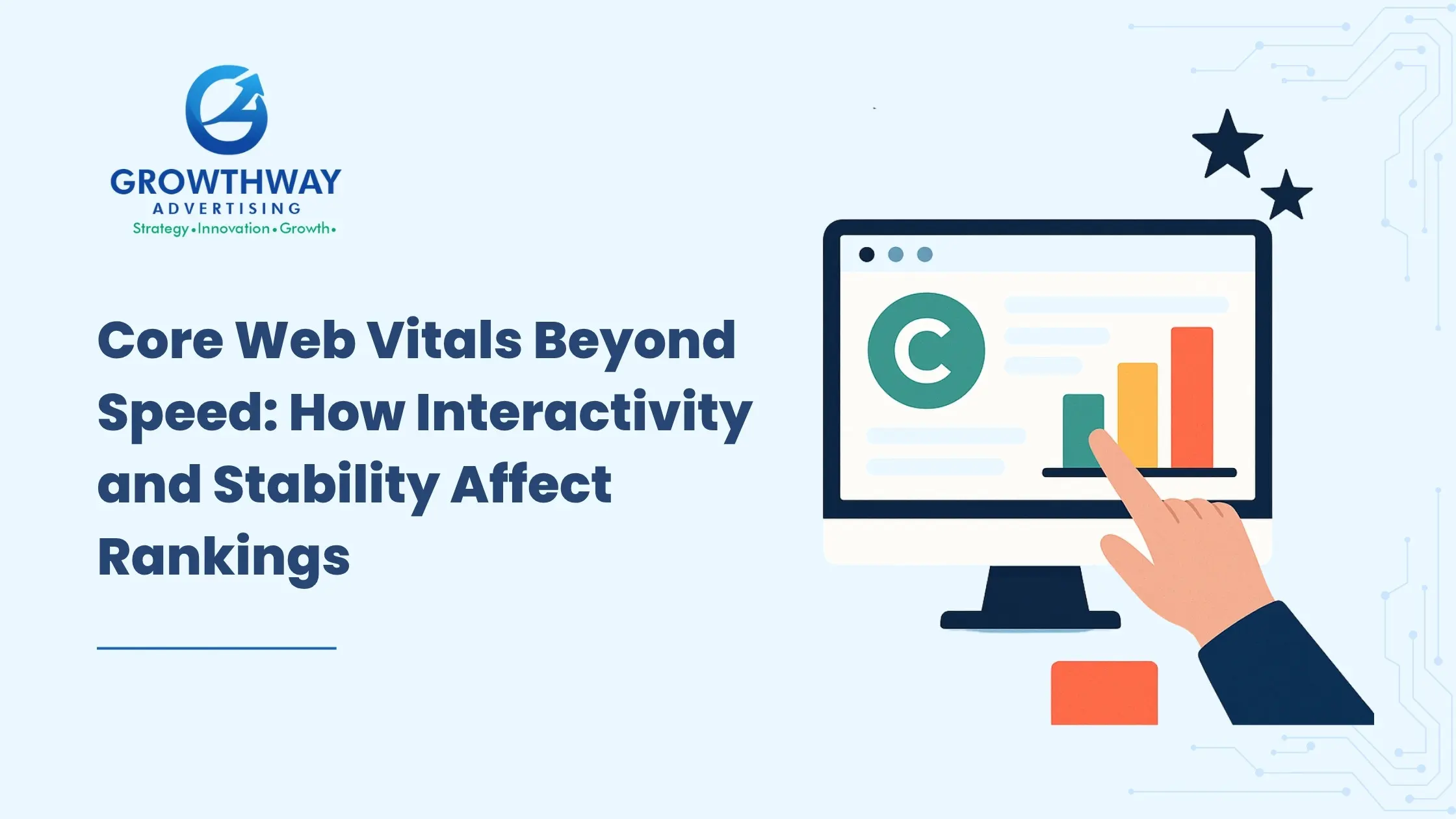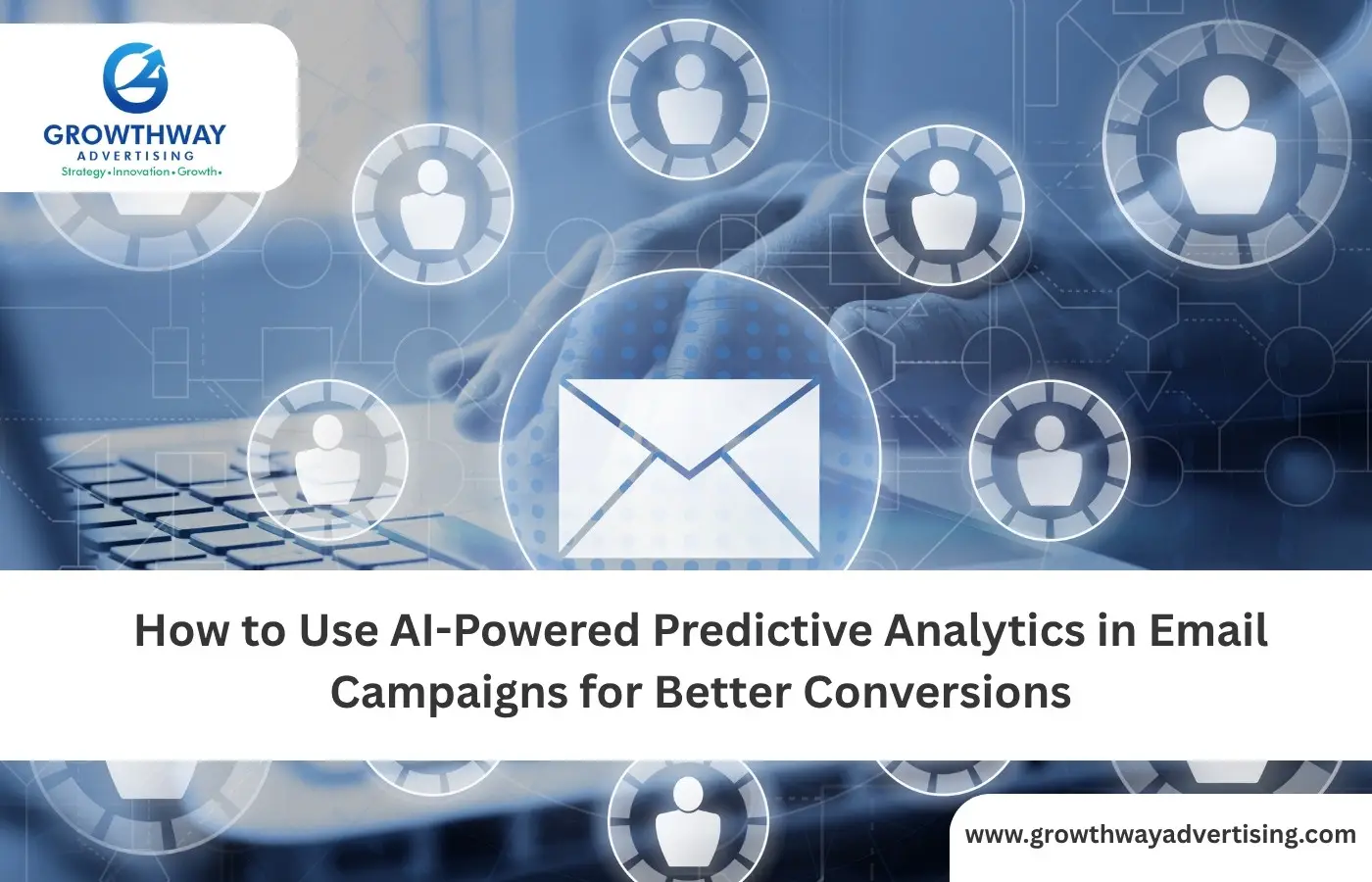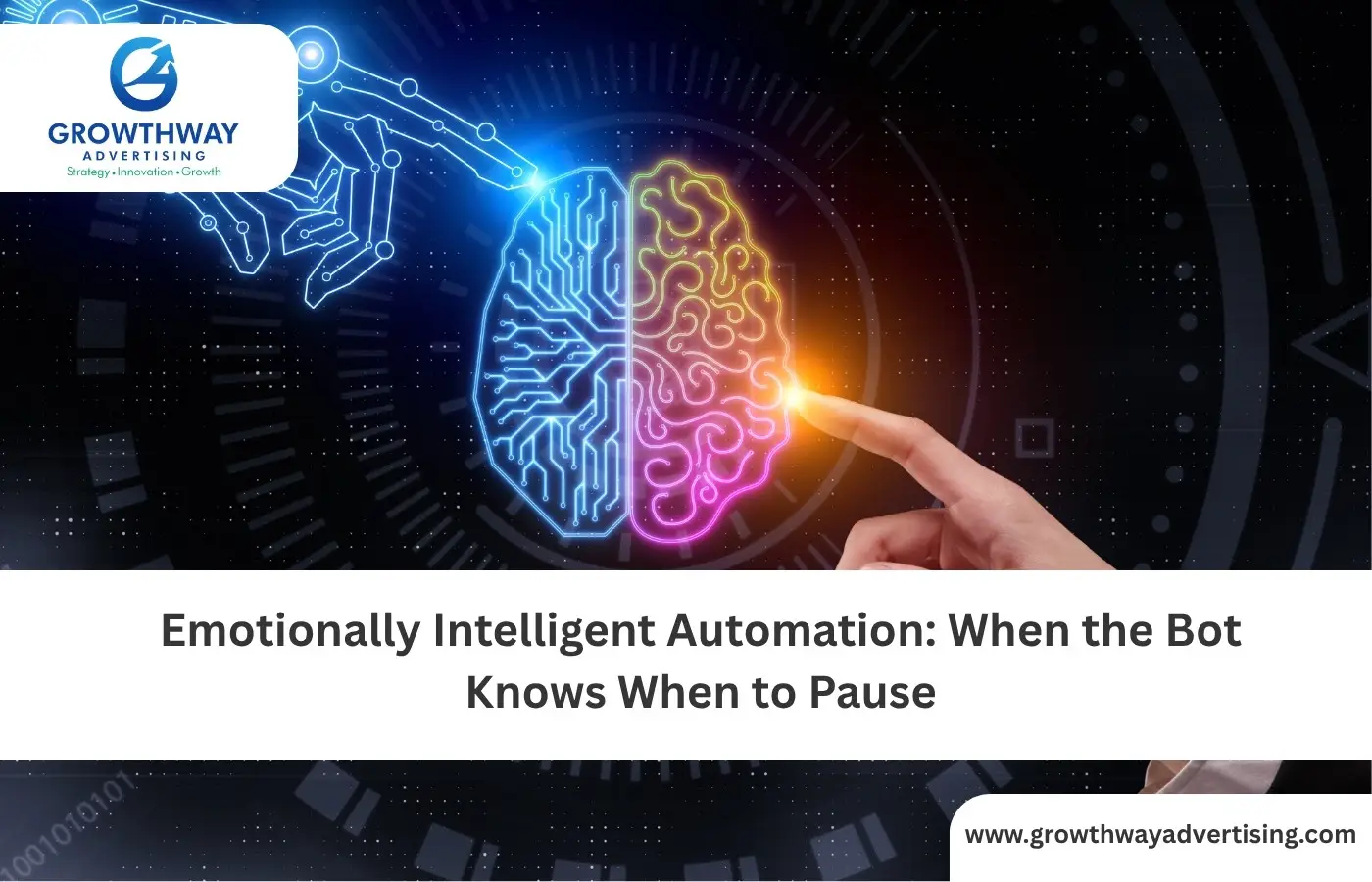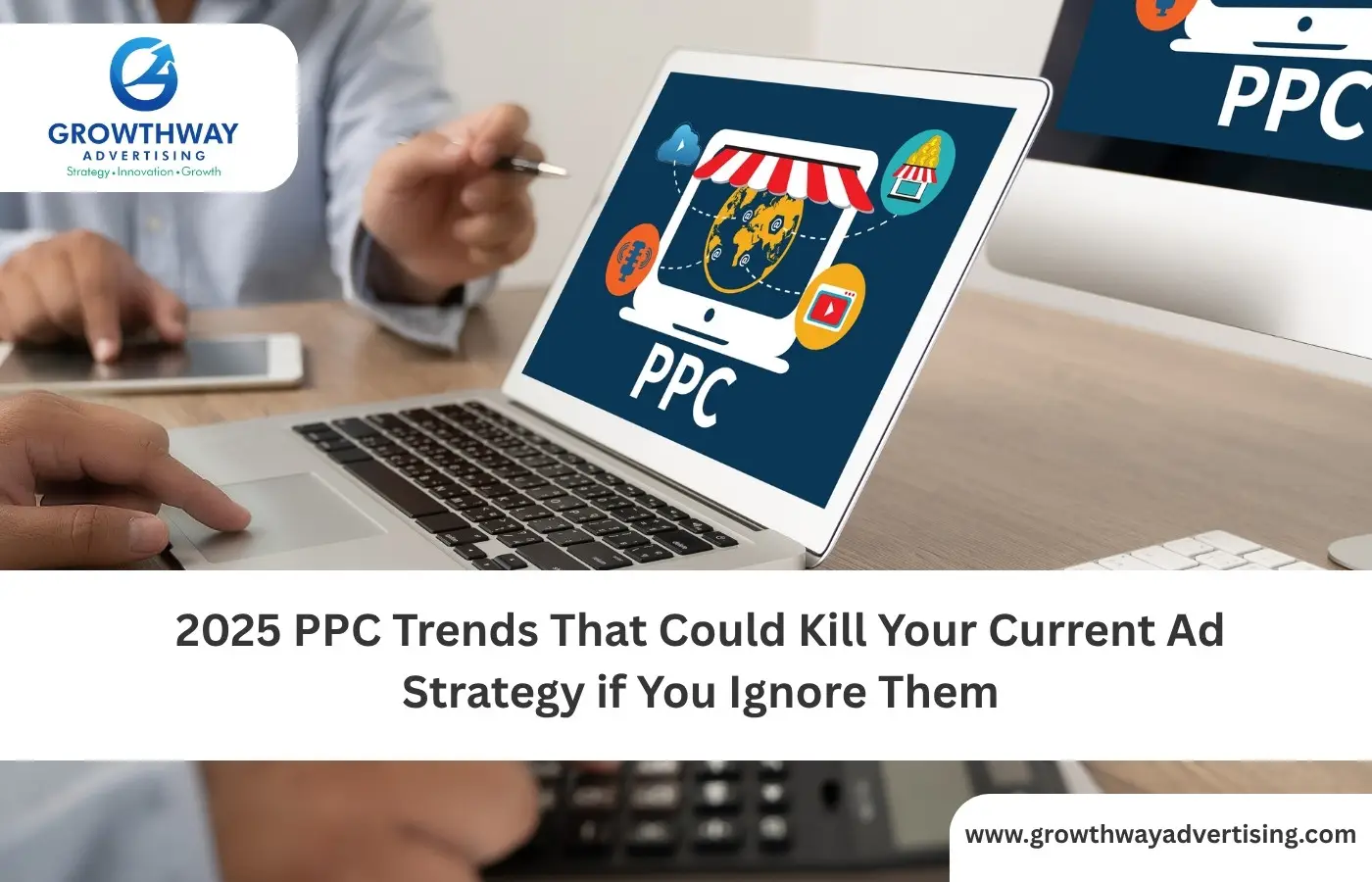Personalized emails aren’t just a nice touch anymore they’re the expectation. Broadcasts which are generic will be ignored. What counts are clicks. That is where email customization comes by. I am not talking about boring old-style personalization. This is dynamic, behavior-based, real-time personalization which actually makes a difference when it comes to the shot at conversions.
Let’s break it down: what makes dynamic content powerful, how to implement it effectively, and what most marketers are missing when they try.
What Is Dynamic Content in Email Personalization?
Dynamic content refers to parts of an email that change automatically based on who’s receiving it. Consider product suggestions, dynamic and location based offers, personalized subject lines or personalized messages based on past behavior.
This is not merely placing a first name. It is about delivering the right content at the right time and in the right way they want it and about what they want to be delivered to them.
Dynamic content uses:
- Email segmentation
- Behavioral triggers
- Conditional logic
- Real-time user data
Everything works in the background to serve personalized experiences at scale.
Why Dynamic Personalization Converts Better
Emails that have been personalized result in 6 times the transaction rate as compared to non-personalized ones. However, there is a fine detail to this: it is not personalization but conversion. It’s relevant.
When the user gets triggered email whose content is safely rooted in what they did last, such as viewing a product or putting something in the shopping cart, it comes to be referred to as relevant. And catchiness results in an improvement of click through rates, reduction of unsubscribe rate and improvement of ROI.
That is why dynamic personalization takes such a long and hard investment by the best performing email marketing services. They have discovered that personal communication is always better than mass communication.
The Foundation: Clean Data and Smart Segmentation
The first task prior to you starting to plug in dynamic content blocks is audience clarity. You can not do any serious personalization when your data is a mess.
What you need:
- Clean, enriched customer profiles
- Behavioral tracking (site visits, app usage, past purchases)
- Real-time event tracking (abandoned carts, downloads, searches)
After flocking your data, the second action would be Email segmentation aka the process of clustering your audience into groups sharing common features.
Most of the email marketing companies are left at this point. They will stratify on the basis of age or gender and they will be finished. To achieve actual results, though, segment by intention. Not so much what and who they are but what they are doing.
Examples of intent-based segments:
- Users who visited pricing page but didn’t convert
- Customers who haven’t opened your last 5 emails
- Subscribers who only click on product-focused content
This behavioral segment defines where refined email copy and dynamic content can be addressed to get user motivation straight.
Types of Dynamic Content That Drive Results
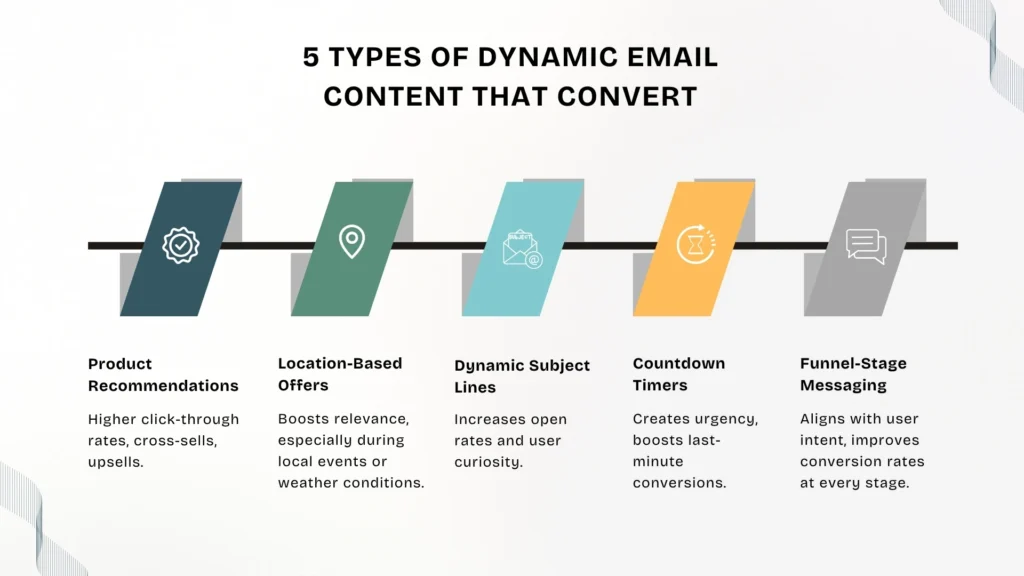
1. Personalized Product Recommendations
A dynamic module that shows items that have been viewed or bought in the past can take click-through through the roofs. They may be either algorithmic or rule based (e.g. people who bought X also saw Y).
2. Location-Based Offers
Immediate relevance also comes along with serving users with offers based on their location, time zone, or weather. It is one of the simple dynamic features to implement yet is underutilized.
3. Dynamic Subject Lines and Preheaders
Dynamic subject lines A/B tested at the time of your past open behavior or your level of engagement can help you know the tone, the length, or angle of the audience that works the best.
4. Countdown Timers and Real-Time Content
It is more urgent when you display a live countdown or a running inventory (e.g. Only 4 left!). Turn it to personalization and you have a conversion power center.
5. Personalized Messaging Based on Funnel Stage
Is the user new/returning or loyal? Target them on which step they have reached in the process. This is scalable because of dynamic content.
What Most Marketers Are Still Missing
1. Emotional Targeting
In most campaigns, the logical level of personalization ends: displaying of relevant products and services. Significantly, however, is the potential to do even more next-level play with emotional targeting, which involves designing the messages using emotion dynamics (frustration, excitement, fear of missing out) like synchronicity that surround the users.
Suppose a user searched the help articles 3 times. An email follow-up such as one saying, ”Is it a problem with [feature]? You see, we will take you through it.” That is empathy (and personalization).
2. Omnichannel Sync
Your email personalization should reflect what the user saw on your site or app. In case a person watched a particular product, your email message must admit it happened- without being pervy.
Marketers have a tendency of isolating email when dynamic contents work best when they emulate the larger user experience.
3. Fatigue Management
When you take it too far, then personalization becomes intrusive. Indian smart email marketing agencies are beginning to add caps in frequency, fatigue flags, and AI-based changes in message to keep things new.
This does not imply the increased sending of more emails; rather, dynamic content implies improved emails.
Personalization and Automation: Two Sides of the Same Coin
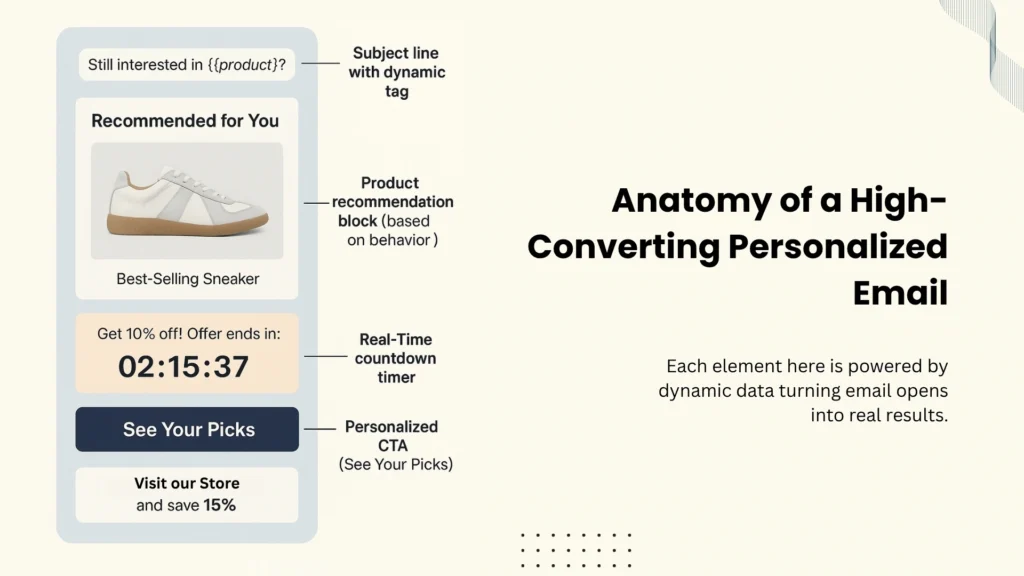
You can neither grow with effective personalization without automated Personalization. That is why the leading email marketing services India are putting a great amount of money into workflow systems that integrate real time user activity with dynamic messaging engines.
Example:
- User browses high-ticket item
- No conversion in 2 days
- System sends a triggered email with a review snippet + “Ask a Specialist” CTA
- If no response in 3 days, a discount is added dynamically in follow-up
This is not automation, it is smarter, intent driven engagement. It is also the distinction between an ordinary email marketing agency and a real performance generating agency.
Don’t Forget the Email Copy
Your email copy is good as a dynamic content. You can personalize all that you want, but it will not amount to anything, especially when your subject lines are bland, and your calls to action are hidden.
Make sure your copy:
- Reinforces the user’s intent (e.g., “Since you were looking at…”)
- Connects emotion with offer (“We noticed you left something special behind…”)
- Uses action verbs and clarity over cleverness (“See your match” > “Click here”)
A good content team in any of the best email marketing firms is capable of blending data and stories. That is the magic.
The Role of A/B Testing in Dynamic Content
If you’re using dynamic content and not running A/B testing, you’re leaving insights on the table. Test:
- Subject line styles: question vs. statement
- CTA copy: urgency vs. curiosity
- Image types: product-focused vs. lifestyle
- Dynamic content placements: top vs. middle of the email
The insights of the information that you are gathering here would make your email more intelligent through time. It does not only tell you to personalize it but how to do it better.
Choosing the Right Tools and Partners
To achieve this, you do not require such a large quantity of MarTech stack, but you require the right arrangement. Look for:
- ESPs with built-in dynamic modules
- Automation engines with behavior tracking
- A creative team that gets how to write dynamic, adaptable email copy
- A strategy team that understands the full lifecycle—not just one-off campaigns
That is why brands can resort to using the help of an expert email marketing service or a complete email marketing agency in order to combine the gap between the strategies, the data, and the launched efforts.
If you’re based in South Asia, a growing number of email marketing agencies in India are stepping up with high-quality service delivery and deep technical capabilities.
Final Thoughts
OK, it needs to be said: personalization is not about gimmicks. It is a matter of timing. Dynamic content can help anyone to feel like you are talking 1:1 to them despite making any email to thousands of recipients. However, being relevant does not come by using a first name. It is the fruits of knowing what is important to your audience and delivering them what they want in a way and a time that is right.
Whether you are a one-brand operation or someone ramping up with the assistance of the best email marketing services, all the rules remain the same: sort carefully, personalise intelligently, write simply and test constantly.
In those ways you increase conversions. That is the best way to earn trust. That is the solution to draining email.
FAQ’s
Email personalization is the process of tailoring email content to individual recipients using their data such as name, location, behavior, or purchase history.
Dynamic content increases relevance, which leads to better engagement. When users receive emails that reflect their interests or actions (like abandoned carts or previous views), they’re more likely to open, click, and convert.
Email segmentation allows you to divide your list into meaningful groups based on behavior, preferences, or demographics. It enables more accurate personalization, leading to higher engagement rates and fewer unsubscribes.
Virtually all businesses can benefit from eCommerce and SaaS to service providers and agencies. Especially for brands working with a skilled email marketing agency, personalization increases ROI regardless of industry.
Yes. Many affordable email marketing companies and tools now offer dynamic content features, even on lower-tier plans. Even small businesses can implement segmentation, personalization, and automation with limited resources.
Start by organizing your data and defining key segments. Build out simple triggered emails (like welcome or cart reminders), test them, and scale from there.



